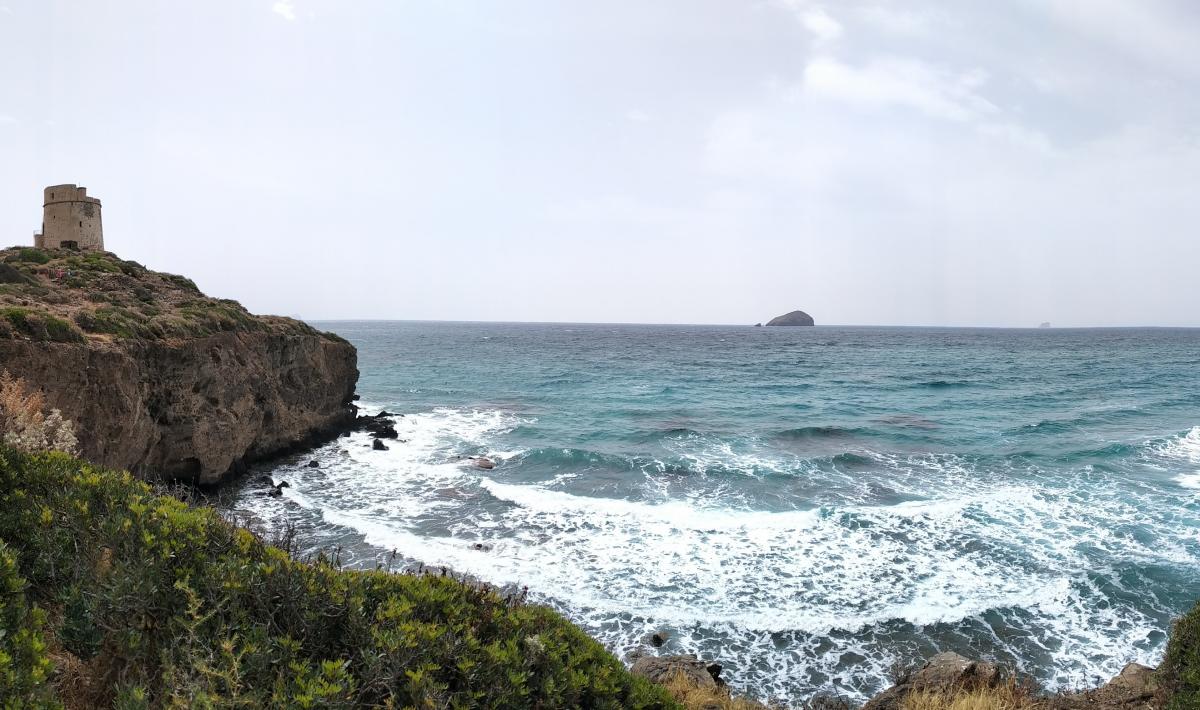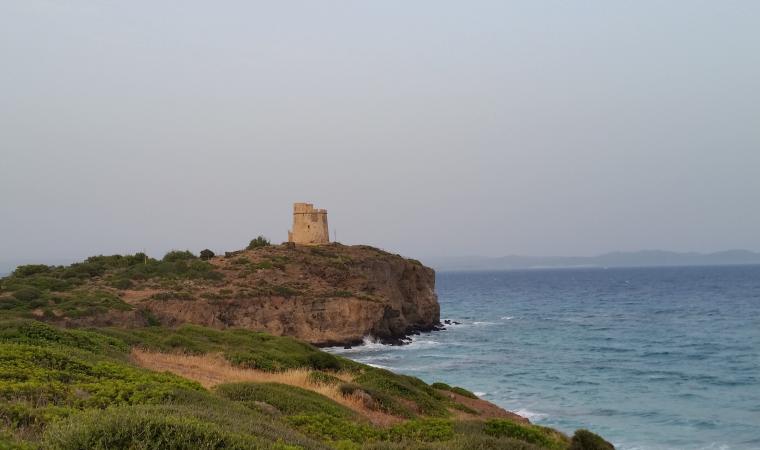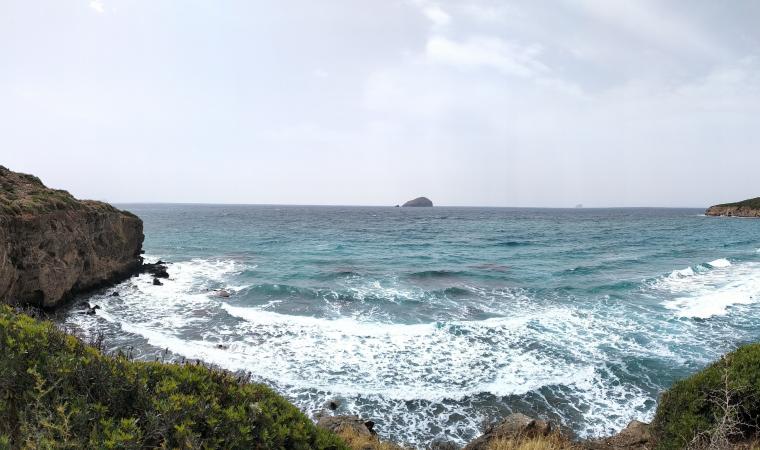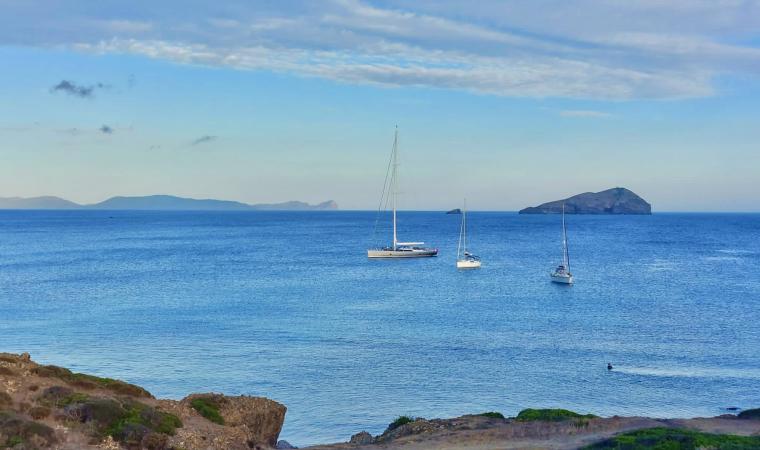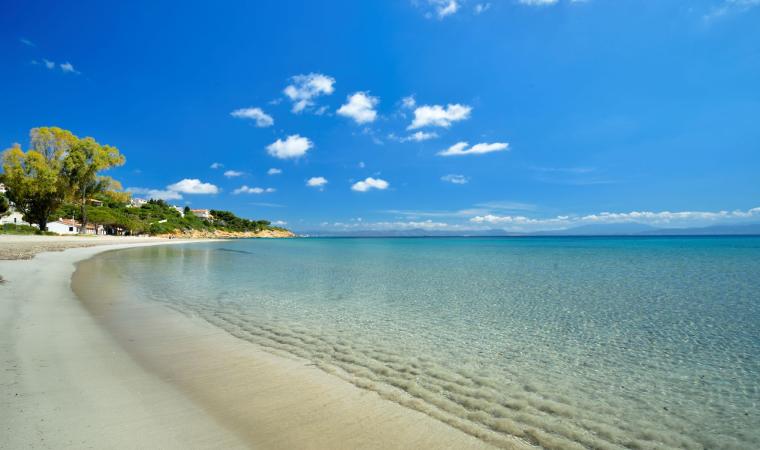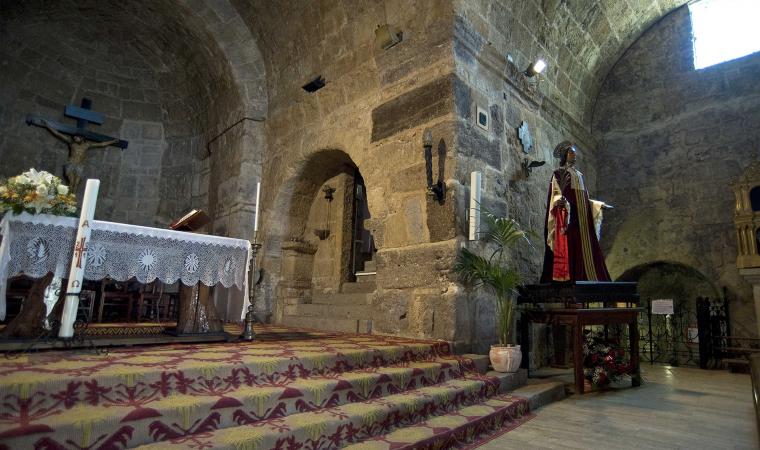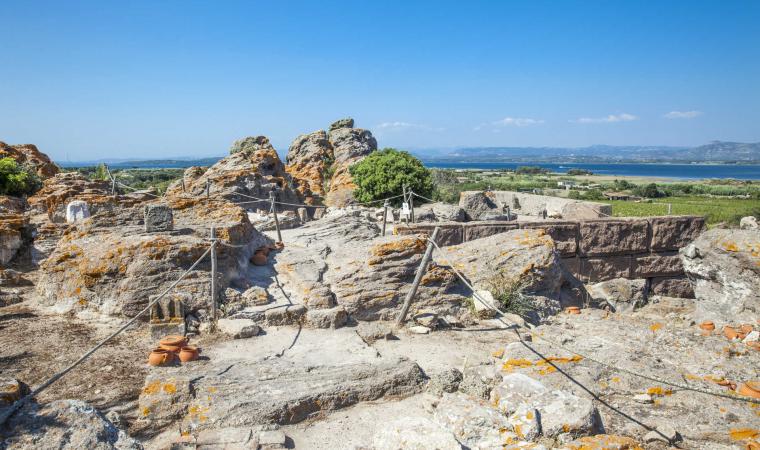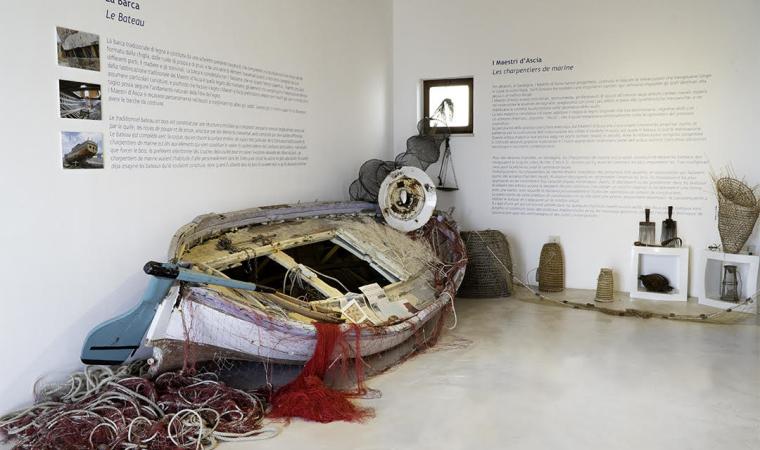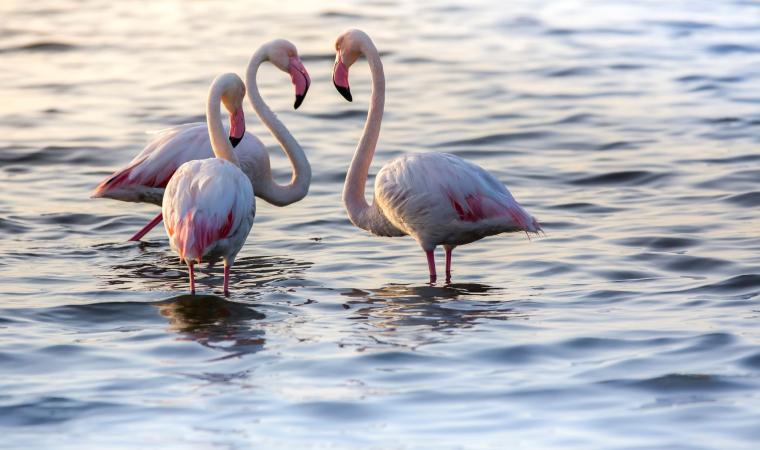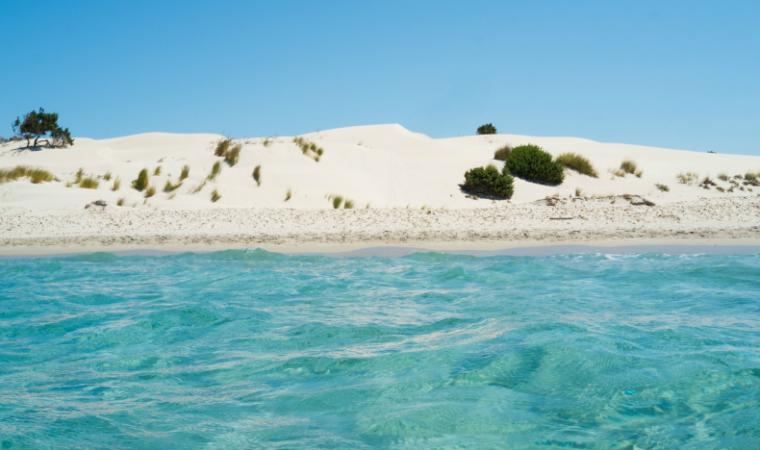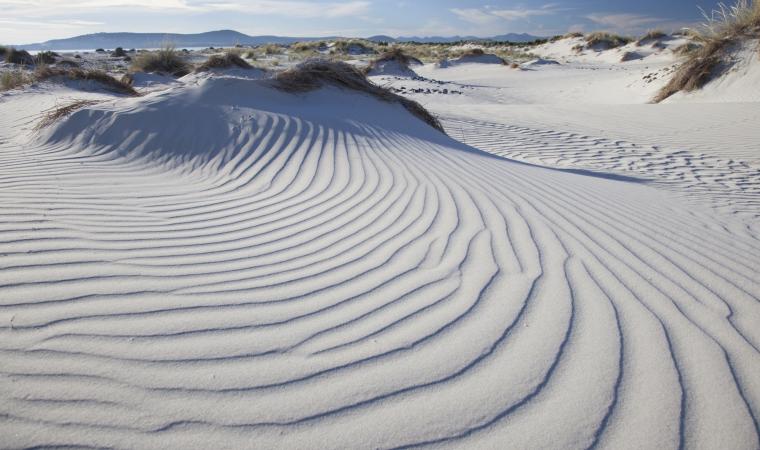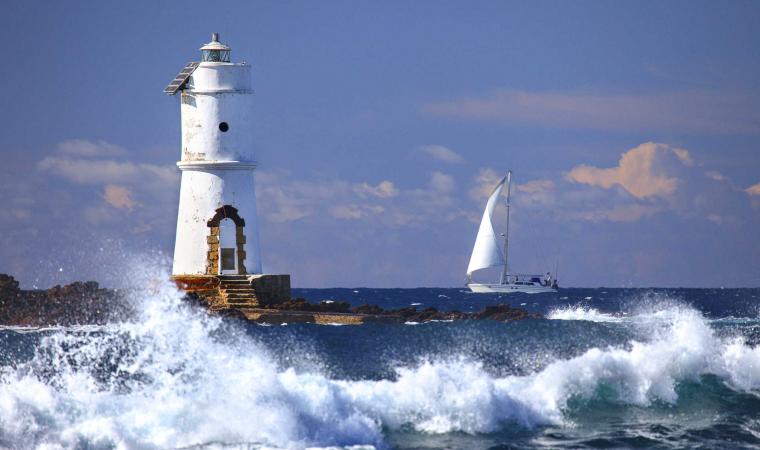It is divided into three inlets, all with different shapes, washed by an enchanting sea and a watchtower up above. The beach of Turri is located in the southeastern corner of Sant’Antioco, the largest island of the Sulcis archipelago, 15 kilometres from the town of the same name: its landscape makes it a destination not to be missed during a tour of the beaches of Sant’Antioco.
On the slopes of Capo su Moru – meaning ‘the Moor’, symbolising the fact that it was a landing place for the Saracen pirates -, you will find the first of the three coves on the eastern side. It is a few dozen metres long, crescent-shaped and protected by two high cliffs. Its golden sand is mixed with small pebbles. On the opposite side, there is a strip of light-coloured sand, mixed with dark pebbles smoothed by the sea.

